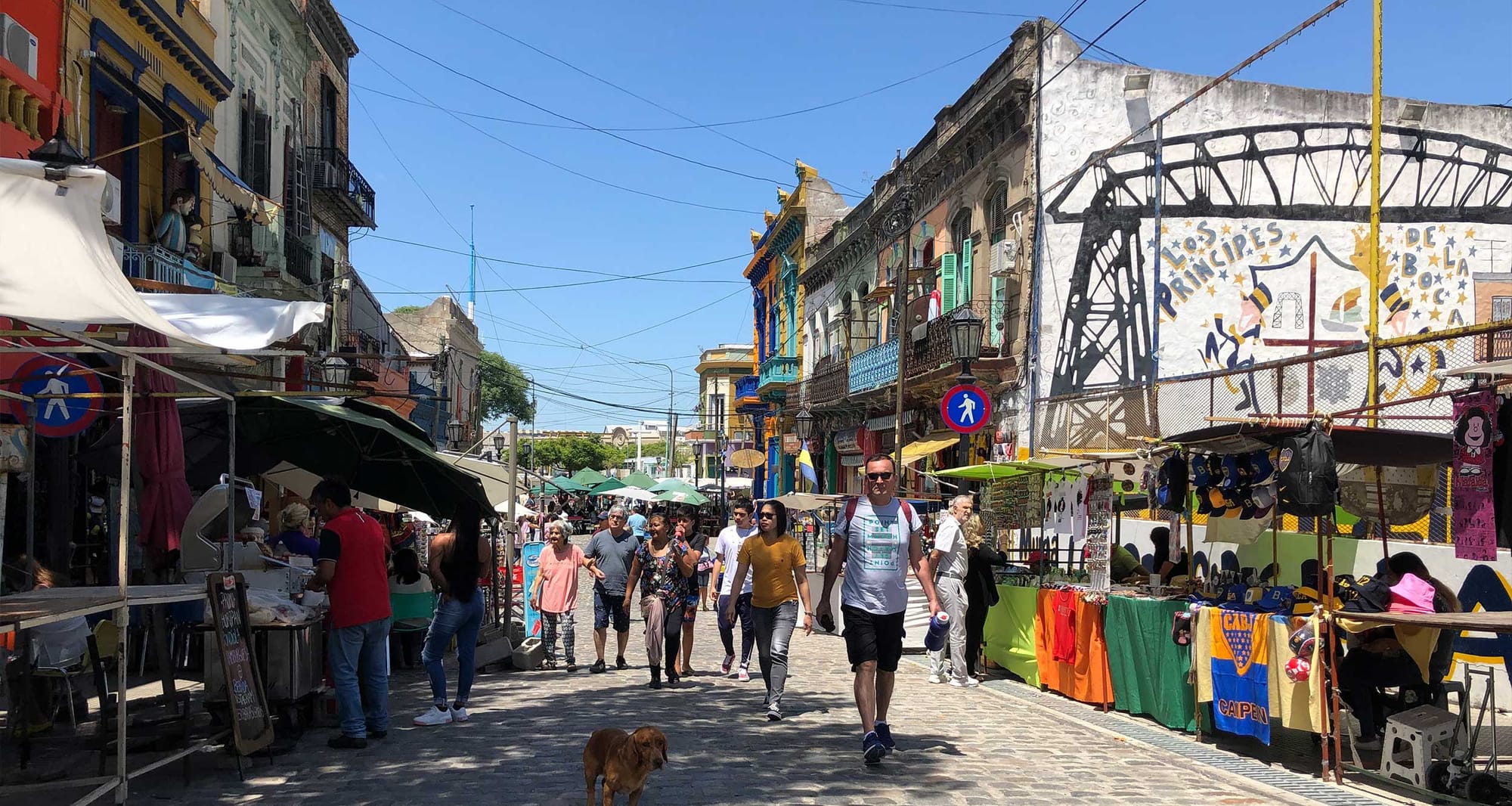
As the most-visited city in South America, Buenos Aires has a lot to offer tourists, including those with disabilities. Countless opportunities exist to explore art, architecture, culture and cuisine, making Buenos Aires a city you’ll want to visit more than once. The most popular attractions are wheelchair accessible, including the Teatro Colón, the MALBA Museum, the Metropolitan Cathedral (where Pope Francis served as Archbishop), the Argentine Parliament and more. Plan your itinerary with this list of wheelchair accessible attractions in Buenos Aires and enjoy exploring the city that is the jewel of South America.
Plaza de Mayo
If you’re looking for the center of Buenos Aires, the Plaza de Mayo is the spot. This historic square is a popular meeting point and is surrounded by major landmarks including the presidential palace, Roman Catholic cathedral, city hall, Cabildo Museum and the national bank.
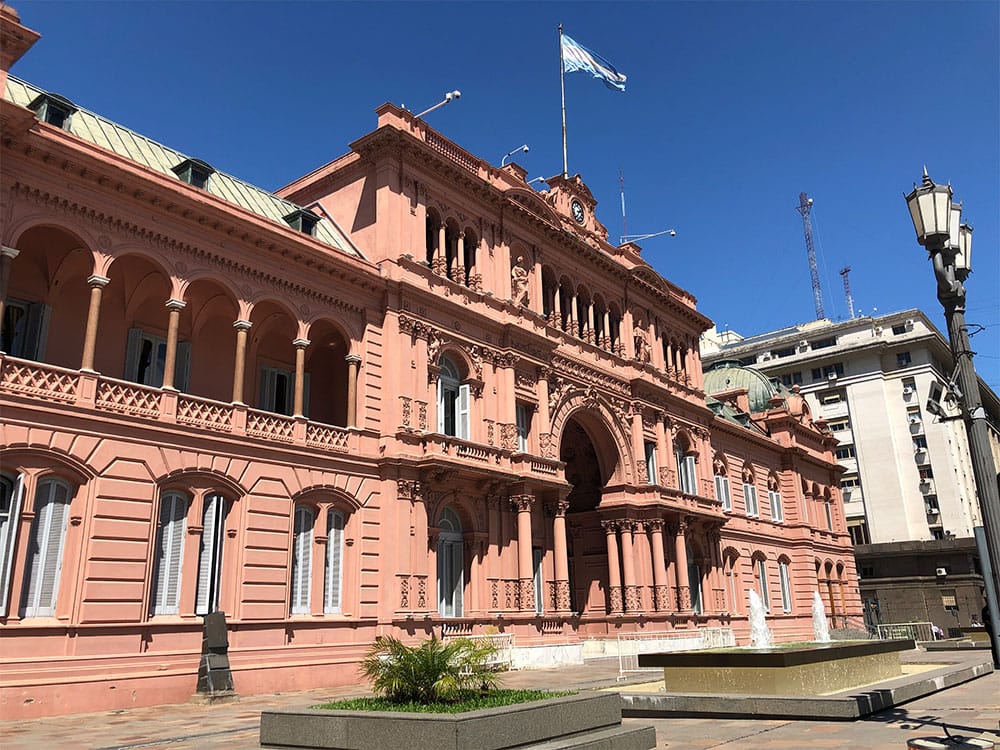
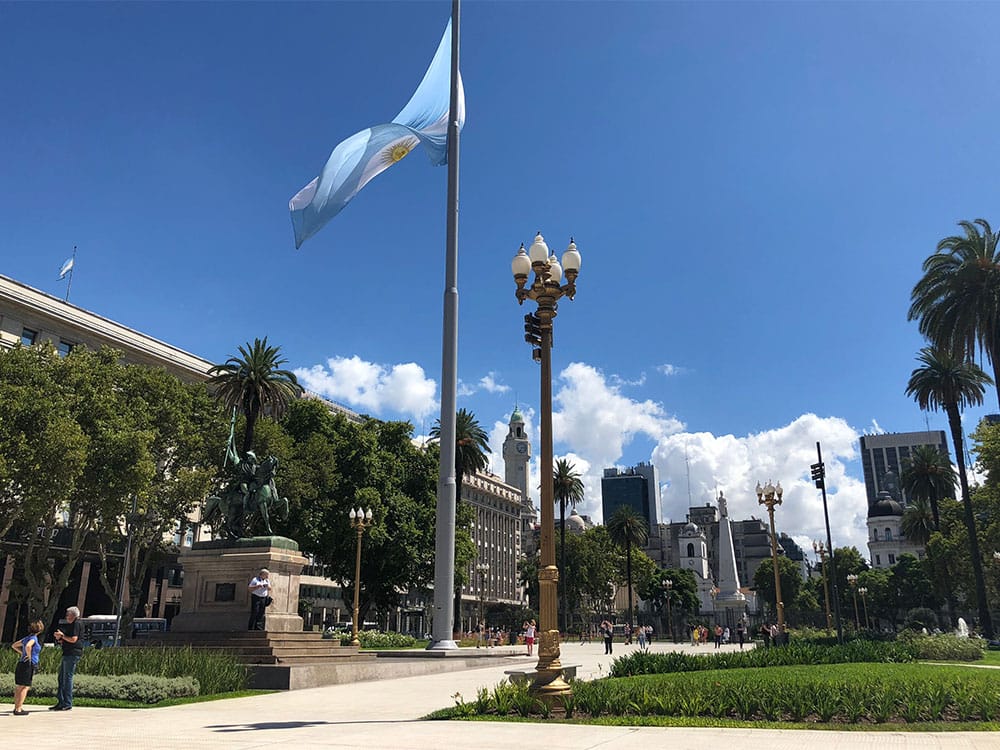
The square was formed in the 1800s by combining two adjacent plazas into one, and it began to take shape when a monument to the May Revolution of 1810 was erected in 1811. It was the first revolution for independence and self-determination to take place in South America, and marked an important step not just for Argentina, but for many others as well.
That monument, known as the May Pyramid, still stands today. It is accompanied in the plaza by another monument, depicting General Manuel Belgrano on horseback, carrying the Argentine flag which he created.
Roman Catholic Cathedral of Buenos Aires
The Metropolitan Cathedral of Buenos Aires is located at Plaza de Mayo and is the seat of the city’s Roman Catholic Archbishop, Cardinal Mario Poli. The church has become a must-see tourist attraction in Buenos Aires, because it was where Pope Francis served as Archbishop prior to his election in the 2013 papal conclave.
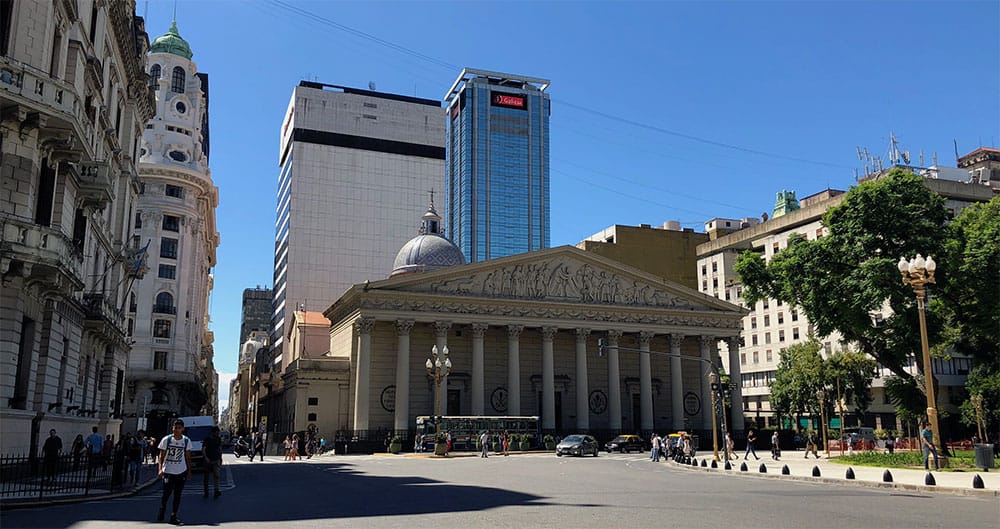
The cathedral was consecrated in 1791, but a number of architectural features have been added since. Work on the cathedral’s interior was most recently completed in 2010. Wheelchair users can access the building via a ramp to the right of the portico. When visiting the cathedral, please be respectful of worshippers and return at a later time if the Mass is being celebrated.
For information on Mass times and other services at the cathedral, click here to visit the cathedral website (in Spanish).
Buenos Aires Cabildo (Museum of the Revolution)
The Cabildo once served as the meeting place for the city’s council while Buenos Aires was under colonial rule. The building was constructed over many years, beginning in 1725.
Today, the building houses the National Museum of the Cabildo and the May Revolution, which offers visitors an opportunity to understand life in Buenos Aires before 1810 and some of the reasons for the revolution. While most of the exhibits are presented in Spanish, translations are available in multiple languages, printed on cards available in each gallery.
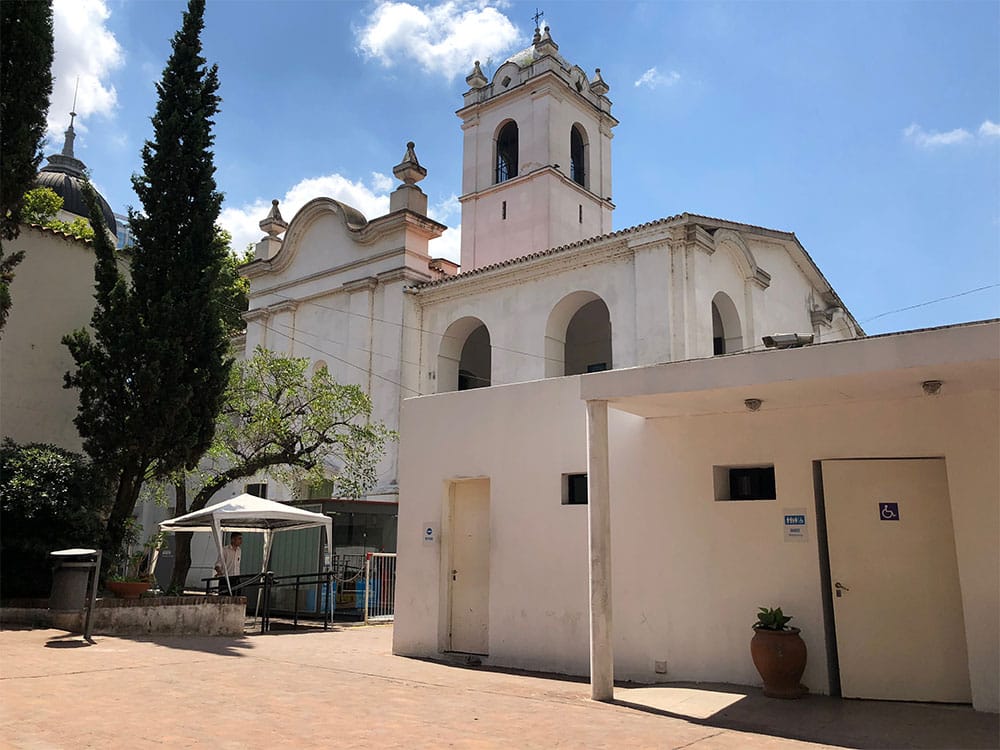
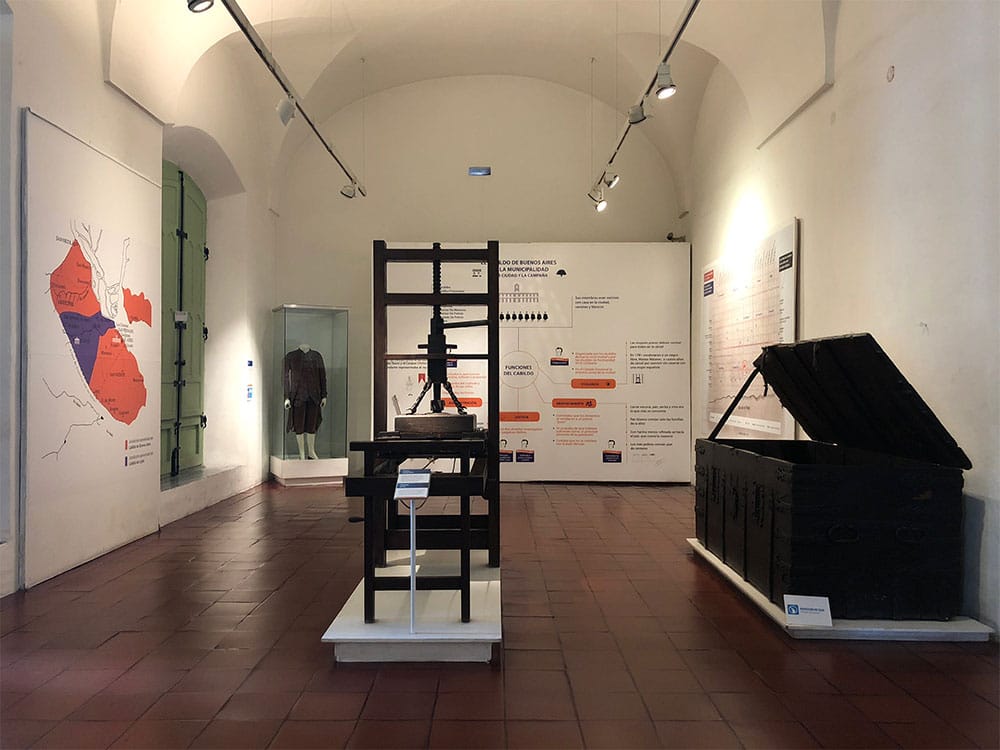
The front entrance is not wheelchair accessible due to steps, but access is provided through a vehicle entrance gate on Av. Hipolito Yrigoyen. There is typically a small fee to access the museum, but I was allowed to explore without charge on account of my wheelchair/disability.
For more information, visit www.cabildonacional.cultura.gob.ar (in Spanish).
Teatro Colón
Opened in 1908, the Teatro Colón in Buenos Aires is widely regarded as one of the world’s best performance venues. With superior acoustics, it is o surprise that performances sell out months in advance.
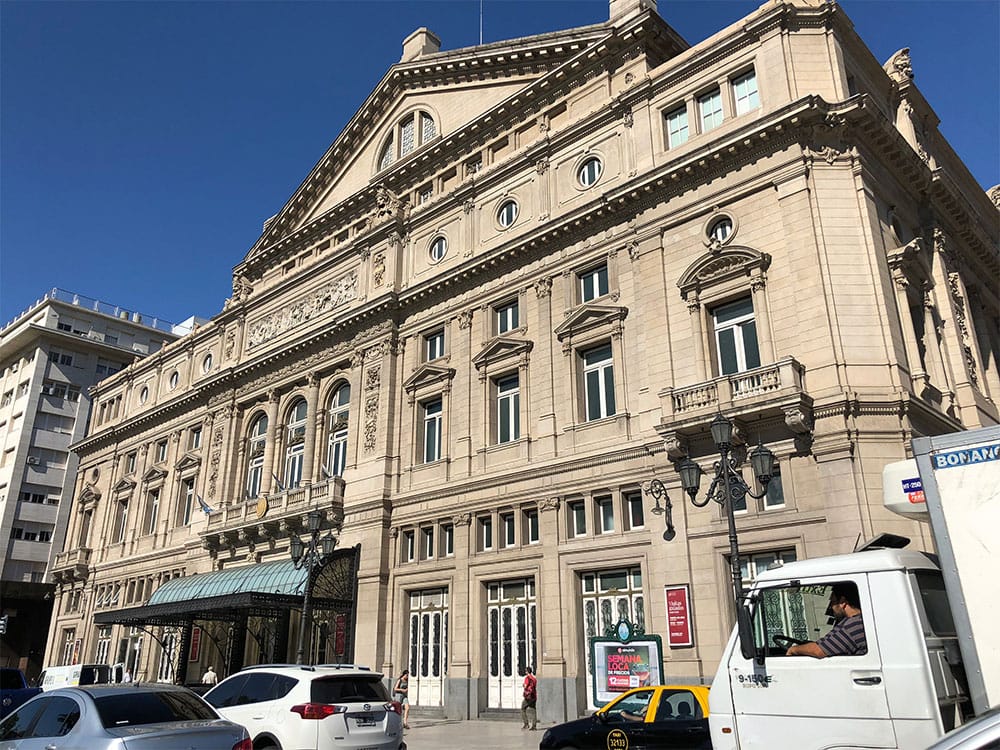
Although the theater is more than 100 years old, it recently underwent a multi-year renovation which restored its beauty. Today, the Teatro Colón attracts visitors from all around the world, while seating early 2,500 at each performance.
For those to lucky enough to have a ticket to the show, guided tours are offered daily from 9 a.m. to 5 p.m. I went on a tour and was delighted to see the theater from the most exclusive box.
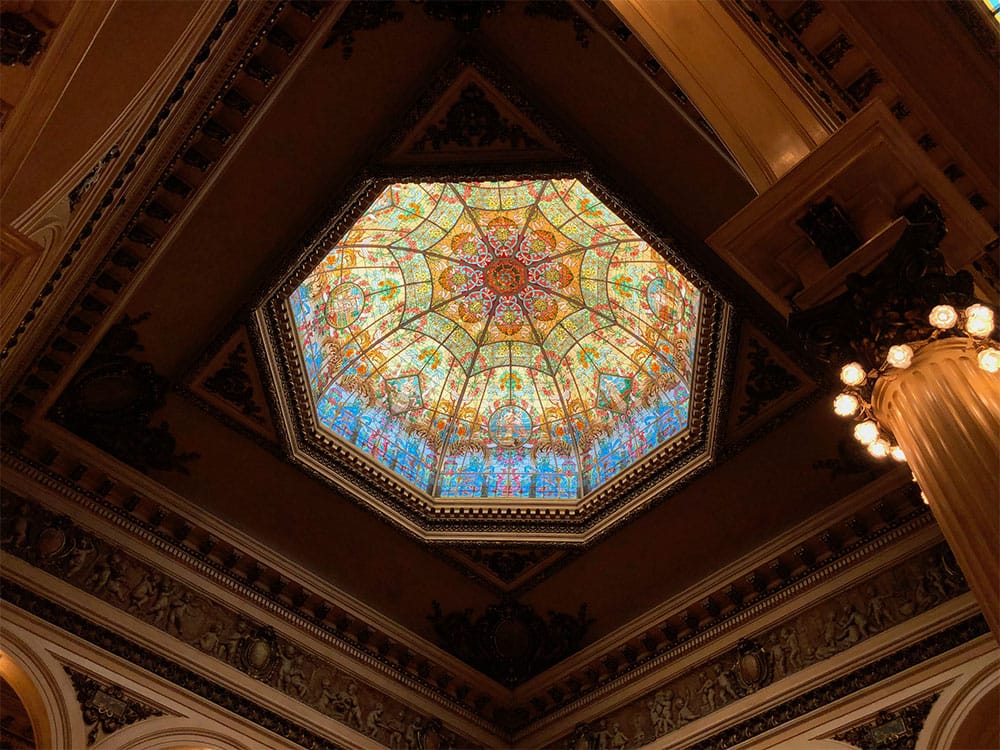
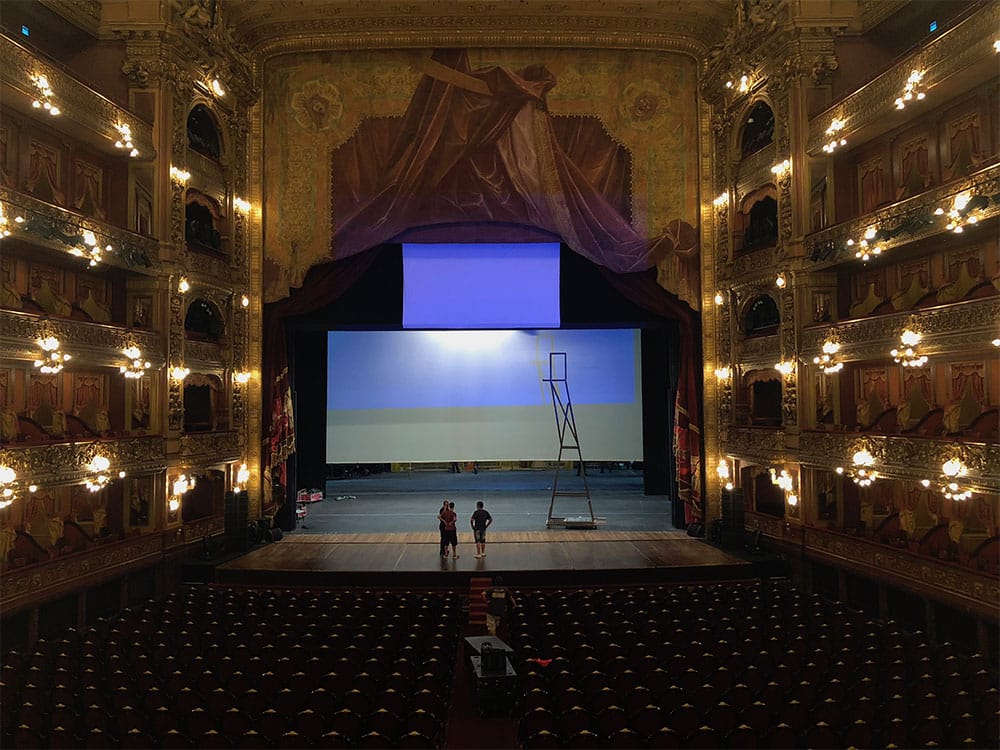
Tours last about an hour and familiarize guests with the theater’s architecture, design and history. Elevators are available and the Teatro Colón is wheelchair accessible. Tickets cost about $20 USD, but people with disabilities are welcomed without charge, together with one companion. I had no difficulty securing a free ticket. For more information, see www.teatrocolon.org.ar.
Congress of the Argentine Nation
The Palace of the Argentine National Congress was inaugurated in 1906 and is one of the most iconic works of architecture in Buenos Aires. The building is home to Argentina’s two legislative bodies, the Senate and Chamber of Deputies.
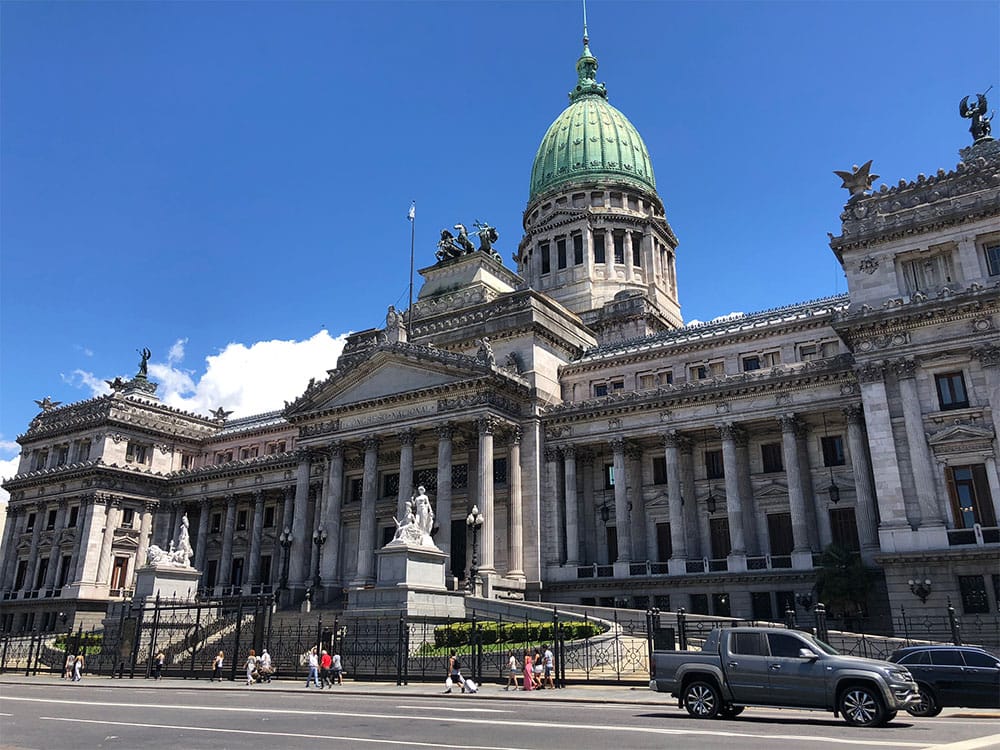
Guided tours of the congress building are provided free of charge on Mondays, Tuesdays, Thursdays and Fridays at 12:30 p.m. and 5:00 p.m. Wheelchair users can enter the building via a ramp on its left side, from Av. Hipólito Yrigoyen. Be sure to bring a photo ID or passport.

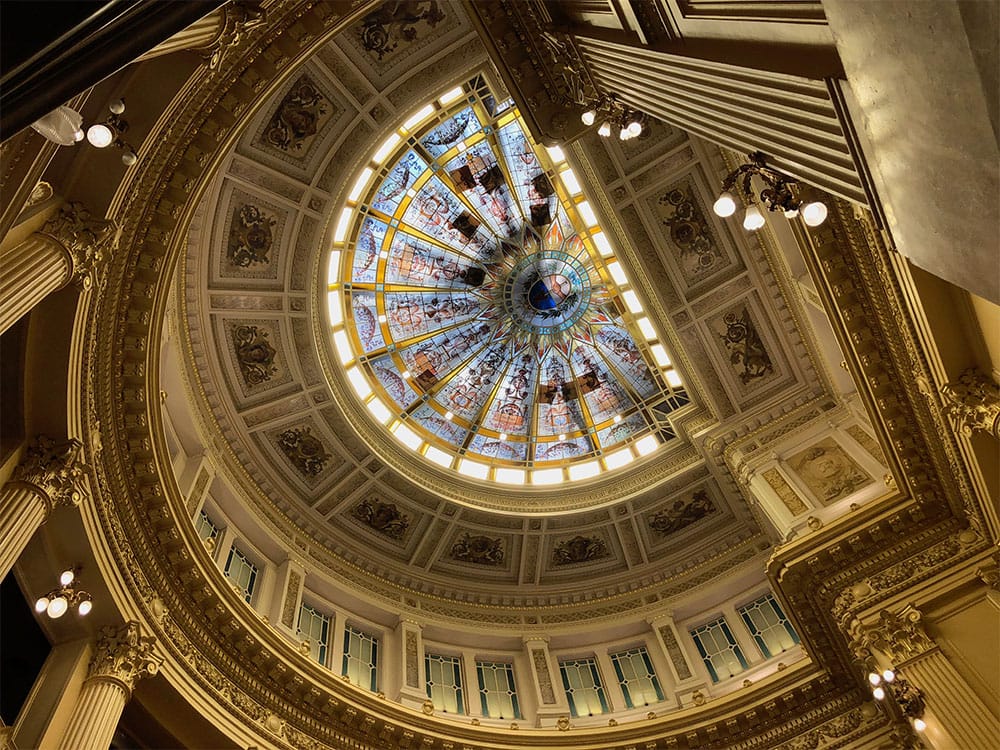
The tour visits a number of areas in the building, including the chambers of both houses, the pink-colored Eva Perón Room, the entrance hall and more. Your guide will educate you on the history of the building and Argentina’s democratically-elected government. It is a unique and wheelchair accessible experience that you won’t want to miss.
Plaza San Martín
Named for the heroic General José de San Martín, Plaza San Martín is one of the most recognizable public parks in Buenos Aires. It became a public plaza around 1883 and is located in the city’s Retiro neighborhood.
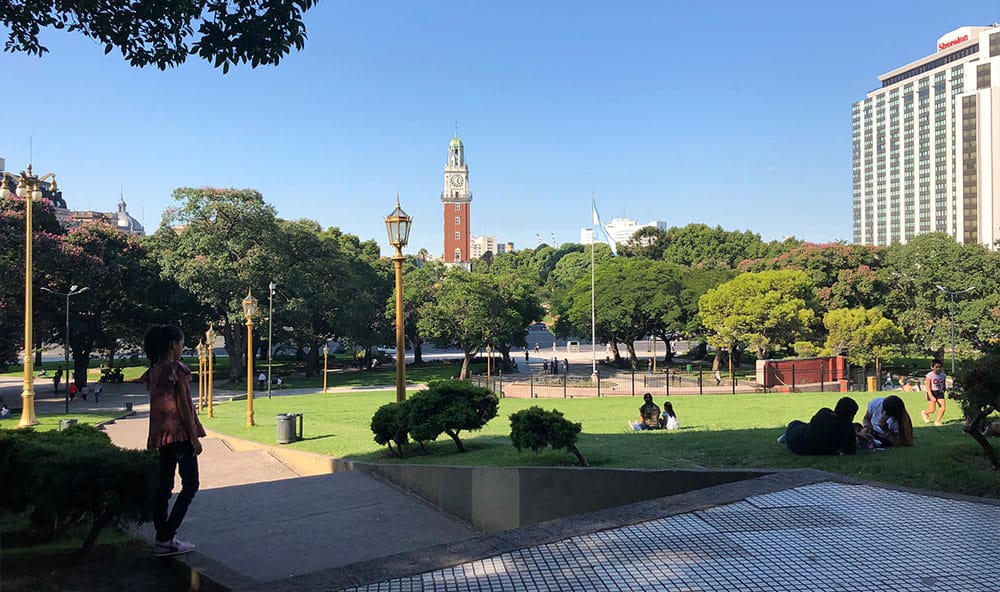
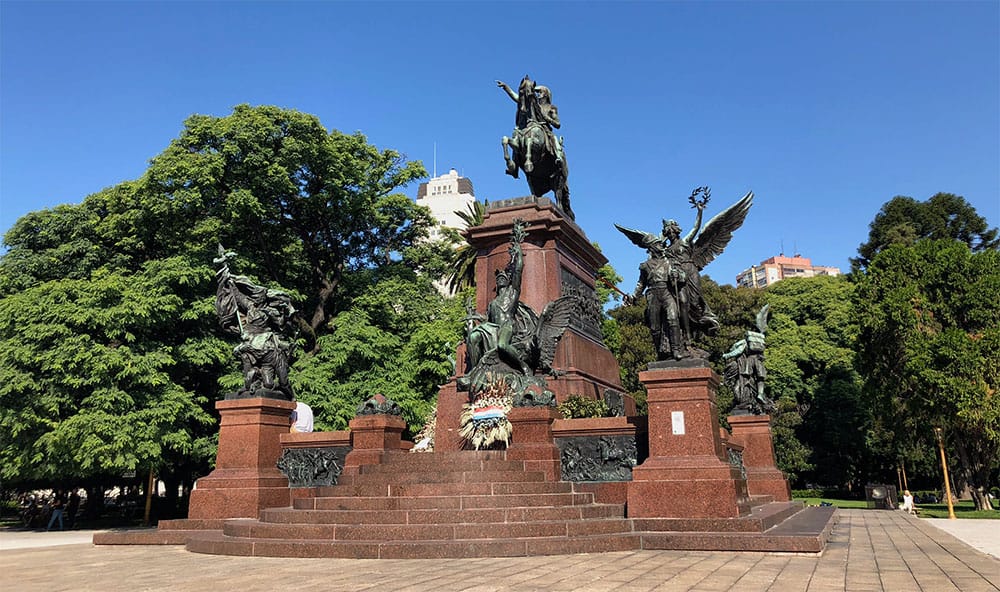
I spent quite a bit of time relaxing in the plaza, as it was located nearby my hotel, the Sheraton Buenos Aires Hotel & Convention Center. The park is elevated, offering a nice view toward the Torre Monumental clock tower, but going up and down the accessible sidewalk/route alongside the plaza may be difficult for manual wheelchair users.
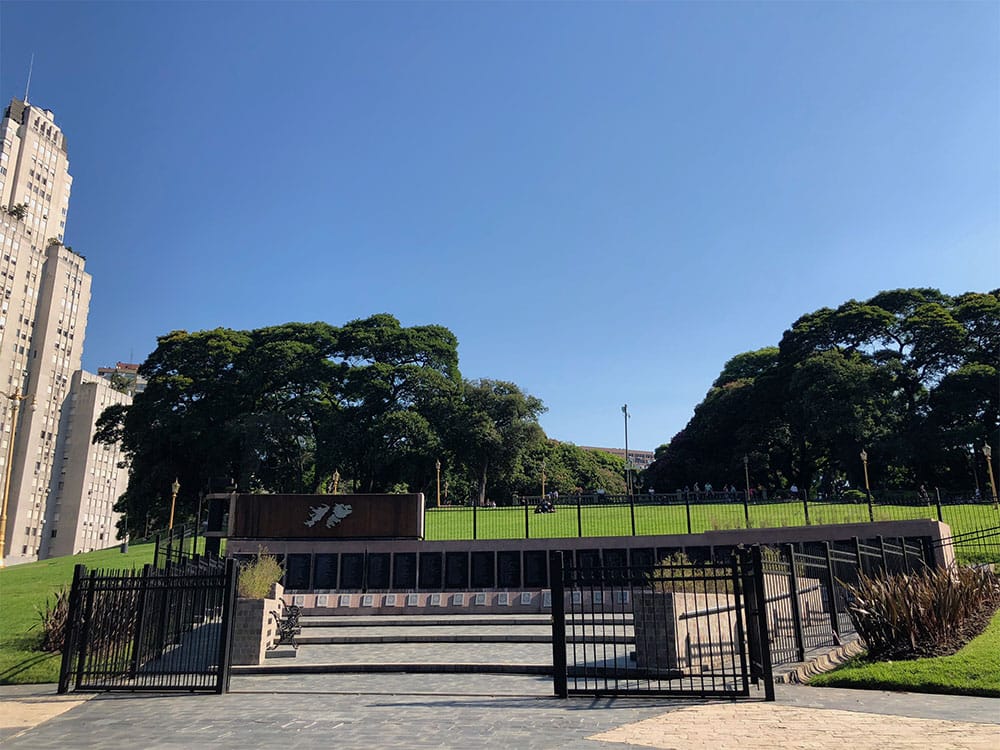
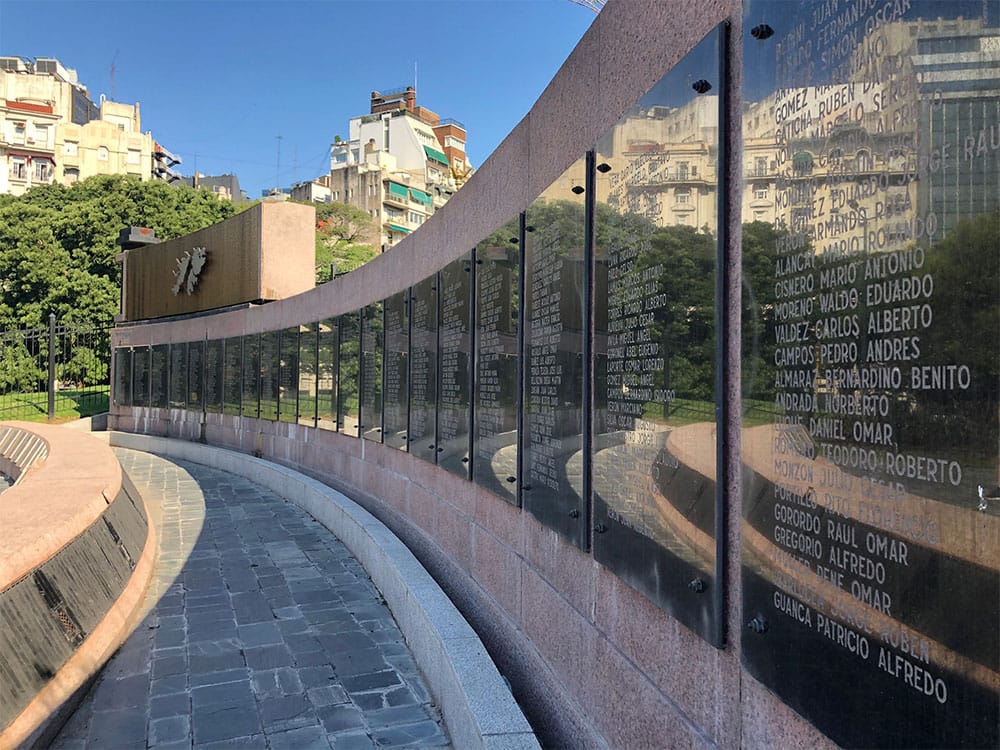
At the bottom of the hill leading up to the park is the Monument to the Fallen in the Falklands War. It is a memorial dedicated to the country’s 649 soldiers who were killed while serving in the Falklands War. The inscription reads (translated), The nation honors also those who keep traces of the struggle on their bodies or in their memories.
Florida Street Shopping District
Florida Street is the most popular shopping district in Buenos Aires. The street is reserved for pedestrian traffic and runs for approximately one kilometer, from the Plaza San Martín to within a block of the Plaza de Mayo.
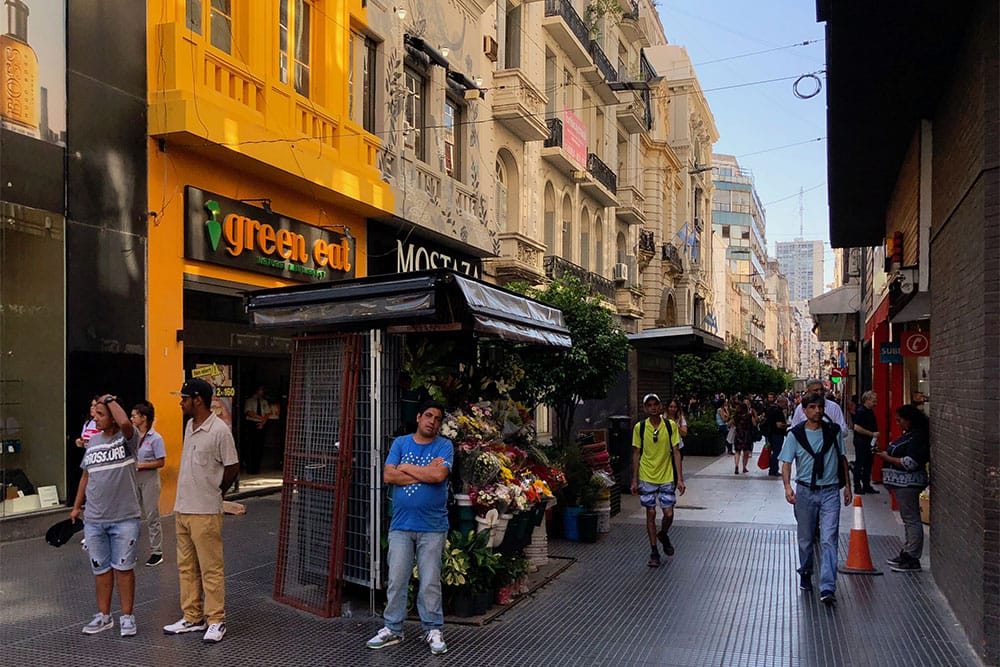
Only a portion of the shops and restaurants have level-entry for wheelchairs. Some of the shopping malls/arcades connected to the street are wheelchair accessible. In the late afternoon and evening, street performers appear to delight crowds, and Florida Street becomes an interesting place to people-watch. During my time in Buenos Aires, I rolled my wheelchair up and down Florida Street many times, as it was a great way to get across town without dealing with too much traffic. Be sure to watch the pathway, however, as there are some areas with potholes!n
Obelisco National Historic Monument
The Obelisk of Buenos Aires was erected in 1936 to mark the 400th anniversary of the city’s founding. It stands at a height of 235 feet and is a popular attraction in the city.
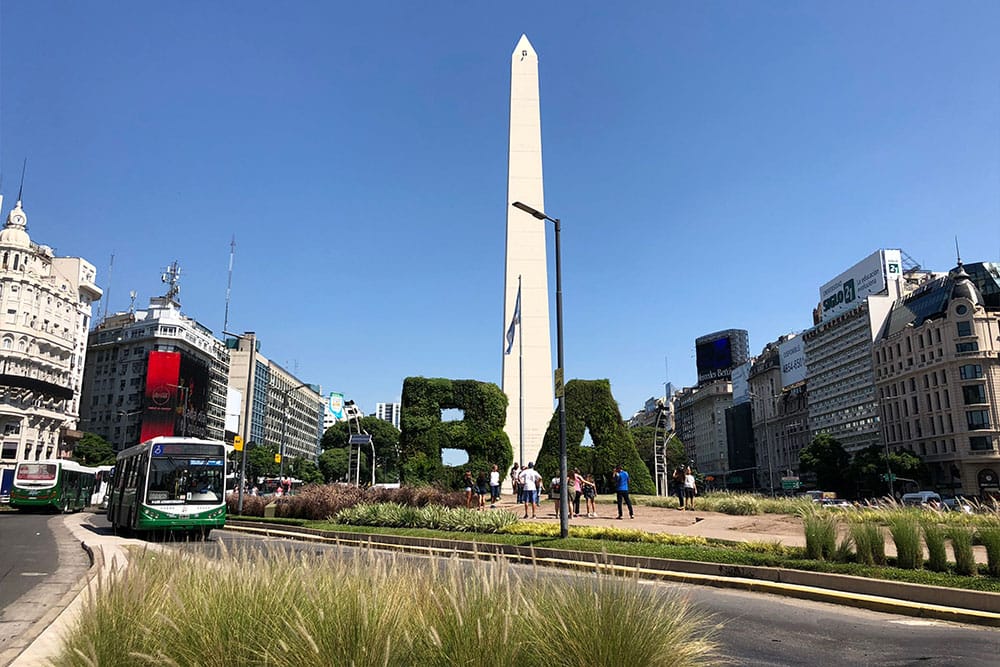
Getting to the Obelisk is easy, as it is right on one of the accessible bus transportation thoroughfares, Avenue 9 de Julio, at the intersection with Avenue Corrientes. The Obelisco is a national historic monument and was restored in 2005. It is free to visit, and the pathways around the monument are wheelchair-friendly.
ARA Presidente Sarmiento Naval Ship
The ARA Presidente Sarmiento is a former training ship for the Argentine Navy, launched in 1897 and named for Domingo Faustino Sarmiento, the country’s seventh president.
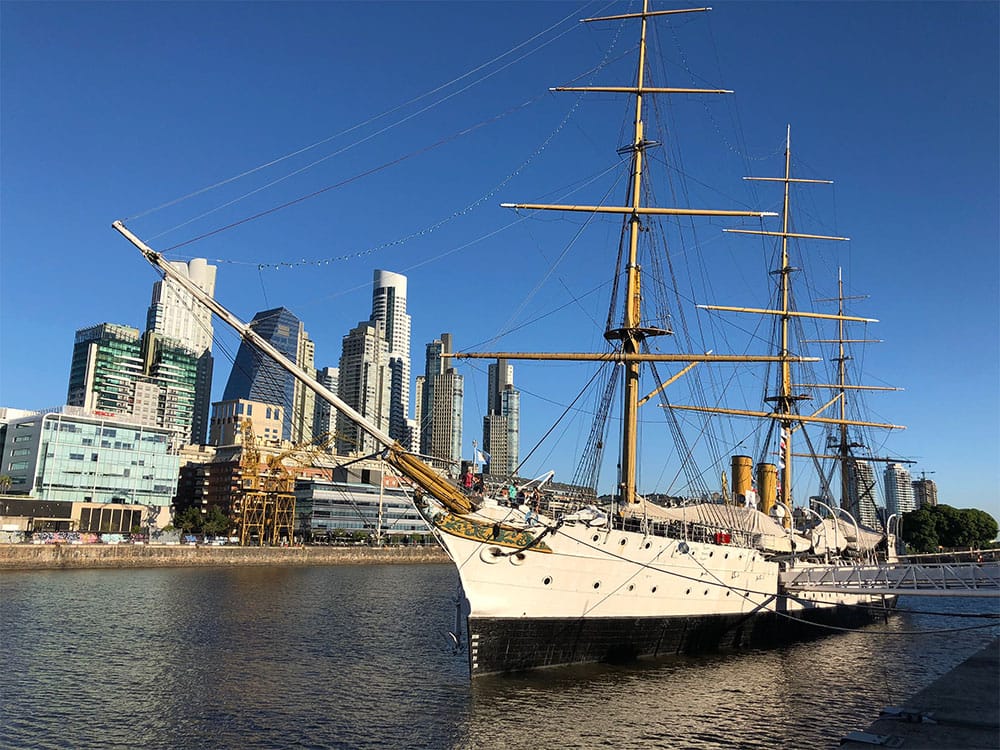
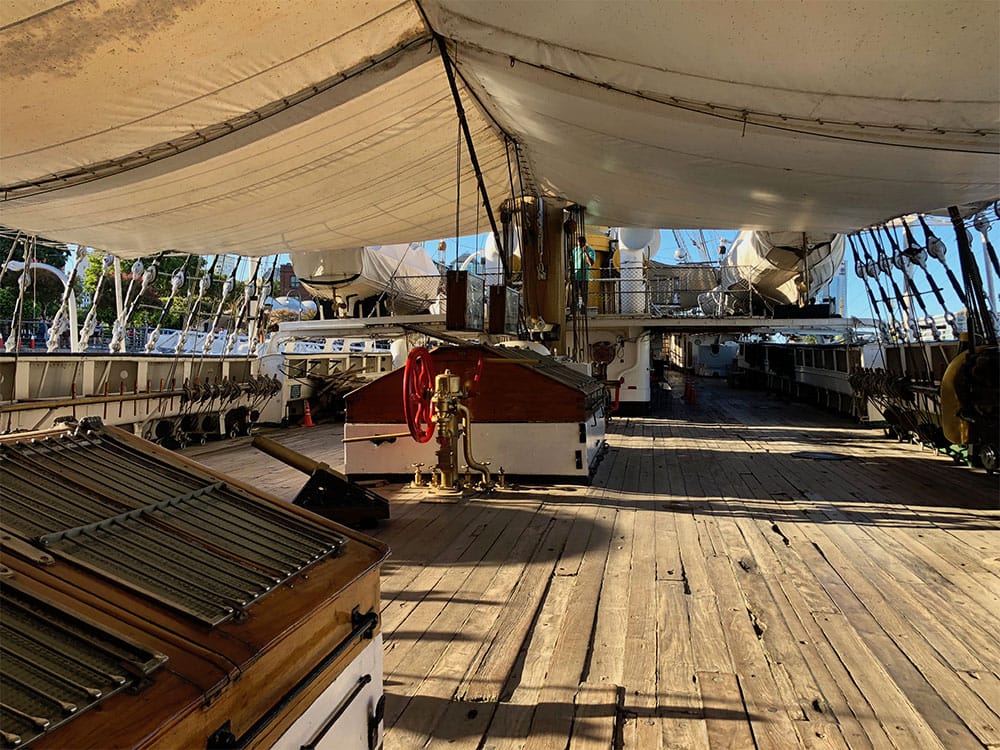
The ship sailed the high seas until 1938 and was used as a training vessel until 1961. The ship has since been restored to its original appearance and is open to the public as a museum. Docked in the Puerto Maduro district along the Rio de la Plata riverbank, the main deck is wheelchair accessible via a boarding ramp. There is a small charge to visit, but this is waived for wheelchair users because only a portion of the ship is accessible.
Puente de la Mujer Footbridge
Opened in 2001, the Puente de la Mujer Footbridge was designed by the Spanish architect Santiago Calitrava, who described its design as a couple dancing the tango.
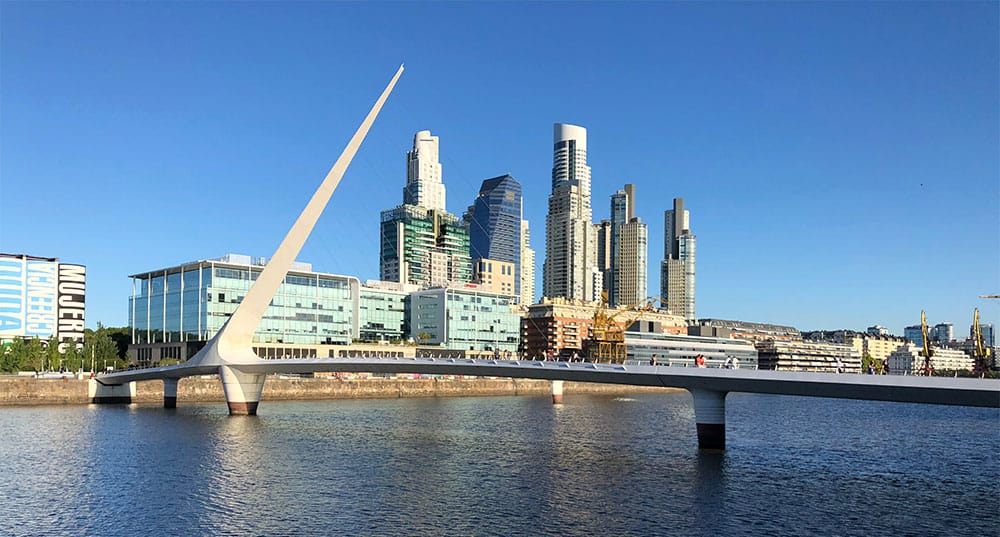
The footbridge crosses dock 3 of the Puerto Madero Waterfront, and is just steps away from the historic naval ship em>Presidente Sarmiento. The bridge is a forward-facing cantilever measuring 170 meters (557 feet) in length. It is wheelchair accessible.
Day Trip to Colonia del Sacramento, Uruguay
Founded in 1680 by the Portuguese, Colonia del Sacramento is one of the oldest cities in modern-day Uruguay and its historic quarter is recognized as a UNESCO World Heritage Site.
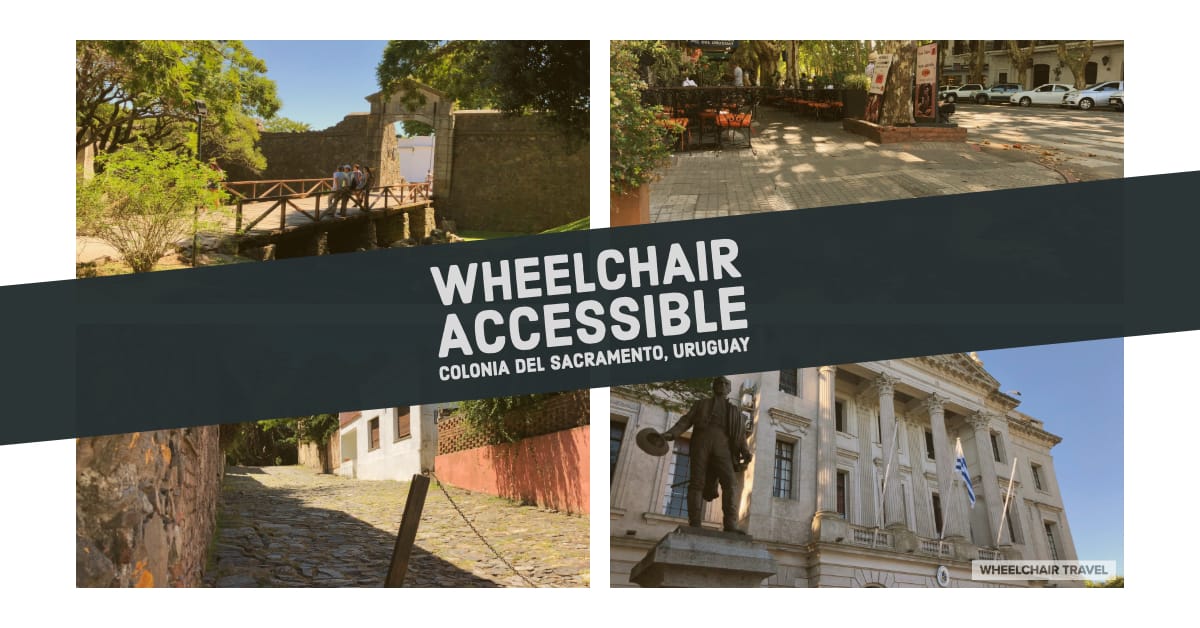
Although Colonia is not the most wheelchair-friendly destination (an understatement), it is accessible from Buenos Aires via the Buquebus high-speed ferry. You can plan a day trip to the city using the Colonia del Sacramento Wheelchair Accessible Travel Guide — depart after breakfast, have lunch in and explore Colonia, then be back in time for dinner with a Uruguayan stamp in your passport!



